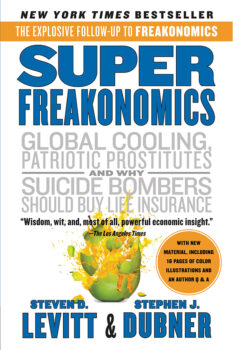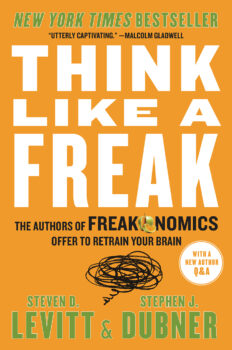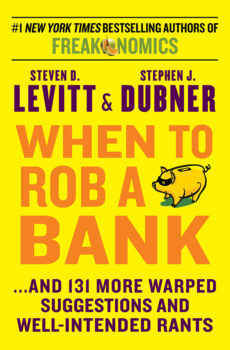Taxi Tipping and the Principal-Agent Problem
A reader named Matt Hasten writes in to say:
While in Las Vegas last week for a convention, I took a taxi between casinos (might as well see a few while making my contribution). When it came time to pay and I pulled out a credit card, the cab driver informed me that using a credit card would mean paying a $3 fee in addition to the fare ($11.50). This struck me as a ridiculously high surcharge and when it came time to tip the cab driver (all of this using the back seat electronic card reader), I did not add anything extra. My logic was that while I usually tip 20% on cab fare, that would have only been $2.30 and I already was paying $3 above the fare.
I explained to the cab driver that the money I would usually spend tipping him was instead paying for the $3 fee the cab company imposed on me. The cab driver, understandably, saw things differently and had some colorful wishes for the remainder of my evening. At the time, I felt justified not tipping because I felt the only way to make my displeasure known about the fee was to stiff the cab driver and hope his (and other cab drivers’) anger of missing out on tips might put pressure on the cab company to change the policy. In hindsight, I do feel bad about stiffing the driver! I’m the kind of guy where you have to really mess up to earn less than a 20% tip at a restaurant.
I know the driver didn’t set the $3 credit card fee, but taking it out on him by not tipping was the only way I saw to make my displeasure known or, better yet, impact a greedy policy.
Was I right to not tip?




